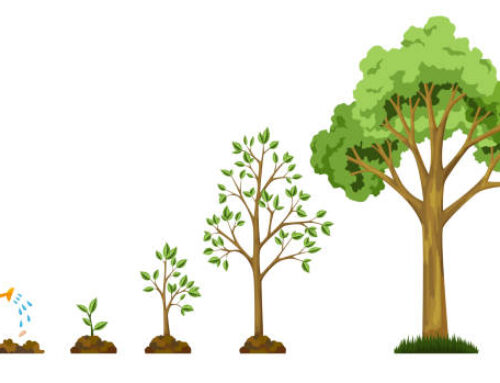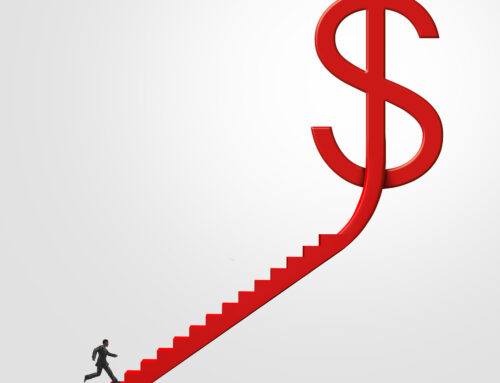The Diversity Dilemma
Shawnee Love •
November 18, 2016
Diversity is a desirable quality in organizations because when leveraged positively, it makes for broader perspectives, more ideas, debate, and ultimately better decisions. In fact, I always have liked this quote by George S Patton for its practical application of that philosophy:
“If everyone is thinking alike, then somebody isn’t thinking.”
Just like the many shades of umbrellas in this picture, diversity in large organizations is a thing of beauty. People across the spectrum of ideas and opinions with different styles of interacting, communicating, and processing information. Those farther out have a friend closer to the middle who is able to bridge the gap with those on the other side of the spectrum.
But I have noticed that it doesn’t always work so well in small organizations. My theory is that small organizations don’t have people as stepping stones from one end of the ideas to another. Opposites can be very difficult to manage. Consider the “diversity” in the US election as an example. There was left and right, and almost nothing in between and what it led to was not a plethora of creative ideas but two schools of thought from polar opposite ends of the spectrum. Broad range, but actually limiting because there were no shades of grey.
The same thing happens in companies when you have two polar opposite types of people with nothing in between. Yes the perspective is broad, but the nuances can be lost when there aren’t people in between to bridge, soften, and interpret. Thus, in small organizations with few people, hiring an individual with opposing views can mean there is no middle ground, people dig into positions, and you risk increasing frustrations, escalating conflicts, and a lot more interventions required.
Have you ever encountered the diversity dilemma in your organization? What did you do?






